Host and Parasite
A host is an organism that another organism lives in or on.
A parasite is an organism that lives in or on another organism and steals nutrients at the other’s expense.
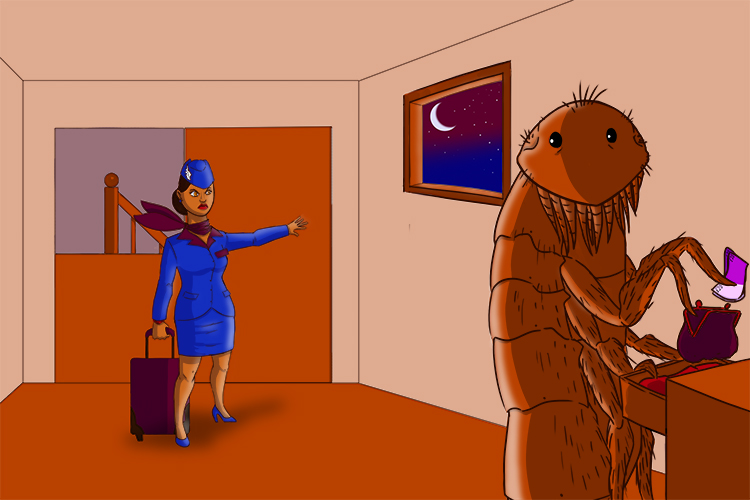
The air hostess (host) had a flea (parasite) living on her and she said:
“You might as well come and live in my home.” But she soon wanted to get rid of him when she found out he was stealing her money (stealing nutrients).
Examples of parasites
|
Name of organism or disease |
Type of microorganism |
Body part affected |
|
Hookworm |
Worm |
Lungs, small intestine, blood |
|
Malaria |
Protozoa |
Red blood cells |
|
Sleeping sickness |
Protozoa |
Blood, lymphatic and central nervous systems |
|
Elephantiasis |
Worm |
Lymphatic system |
Examples:
Common examples of hosts and parasites include:
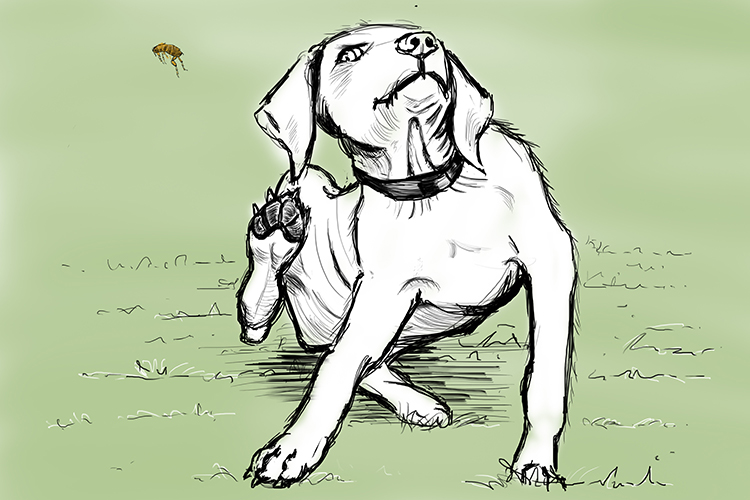
Dogs (host) and fleas (parasite)
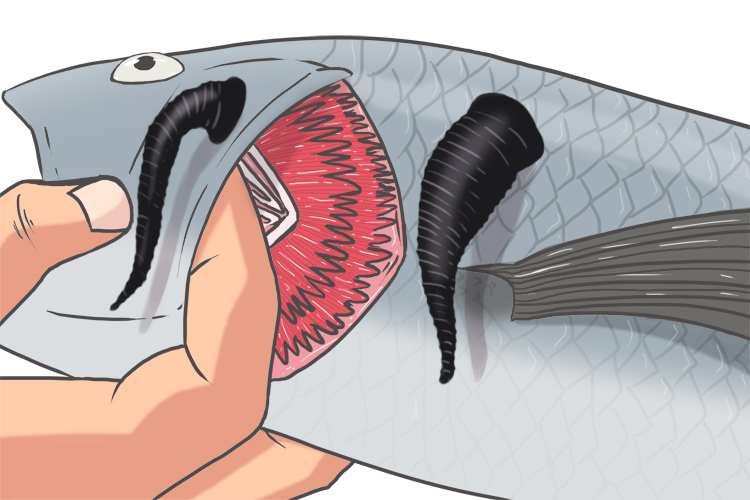
Fish (host) and leaches (parasite)
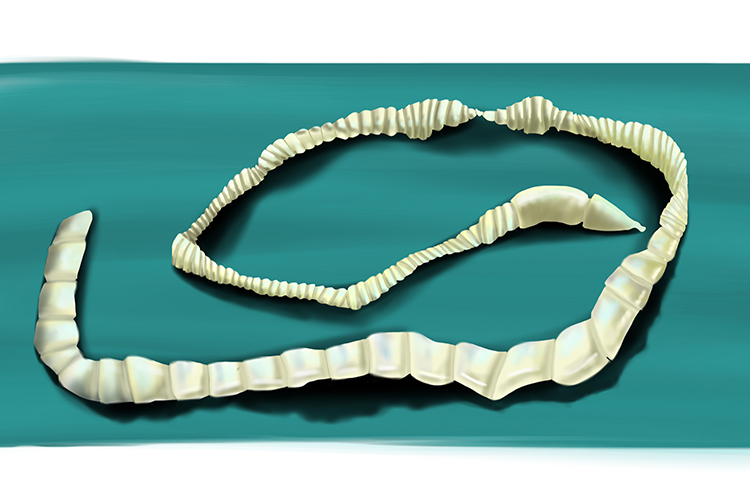
Human (host) and tapeworms (parasite)
However there are many examples where one organism is host to another that is not a parasite. These are known as symbiotic relationships and occur as mutualism where both species benefit, or commensalism, where one benefits but the other remains unaffected.
Common examples of these include:
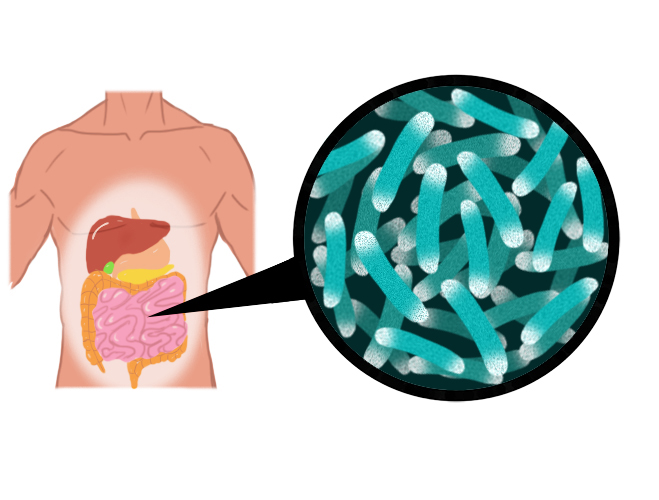
Humans (host) and gut bacteria. This is an example of mutualism as the gut provides the right environment for the bacteria to survive and a source of food, while the bacteria break down food within the gut. An example is protein in meat which is broken down into amino acids that can then be absorbed through the gut wall.

Ritter’s sea anemones (host) and clown fish. The clown fish feeds on parasites and invertebrates that could harm the anemone. While the anemone provides the clownfish with protection from predators with its stinging tentacles from which it is immune.
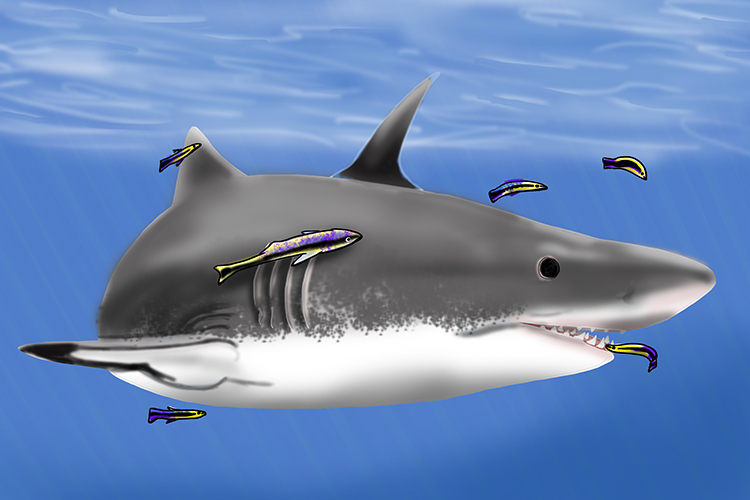
Cleaner wrasse and larger fish e.g. sharks (host). The wrasse remove parasites from the skin of the sharks and any remains of uneaten food stuck in its mouth with would otherwise decompose and possible cause disease. The shark provides the wrasse with protection from other fish that would see the wrasse as potential prey.

Hard corals (host) and algae. The polyps that form hard coral reefs contain a type of algae, which gives the coral its colour. The algae gains protection as fish and other organisms that may otherwise eat it are unable to get at it through the hard structure of the coral. While the coral is able to grow faster as the algae removes carbon dioxide (CO2) so speeding up the rate of calcification of the coral.
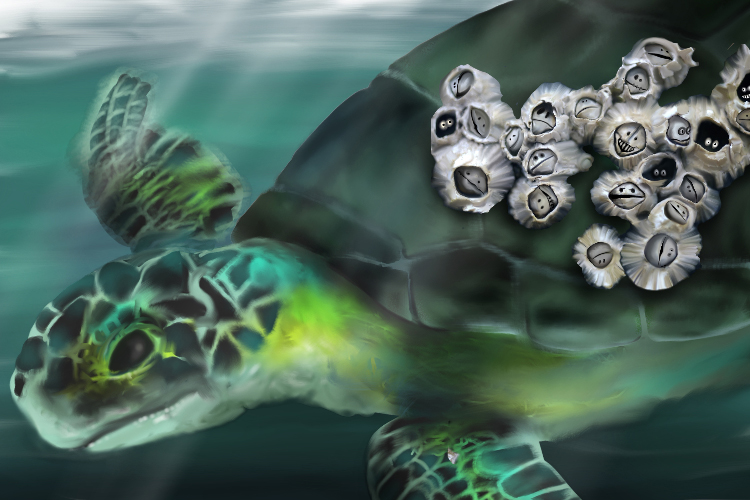
Turtles (host) and barnacles (parasite). The barnacles attach to the turtles shell so they can be transported to nutrient rich waters. A few barnacles do not cause the turtles any harm but offer no benefit to it either, this is an example of commensalism. However if a turtles shell becomes covered with a large number of barnacles this can make swimming harder for the turtle.




